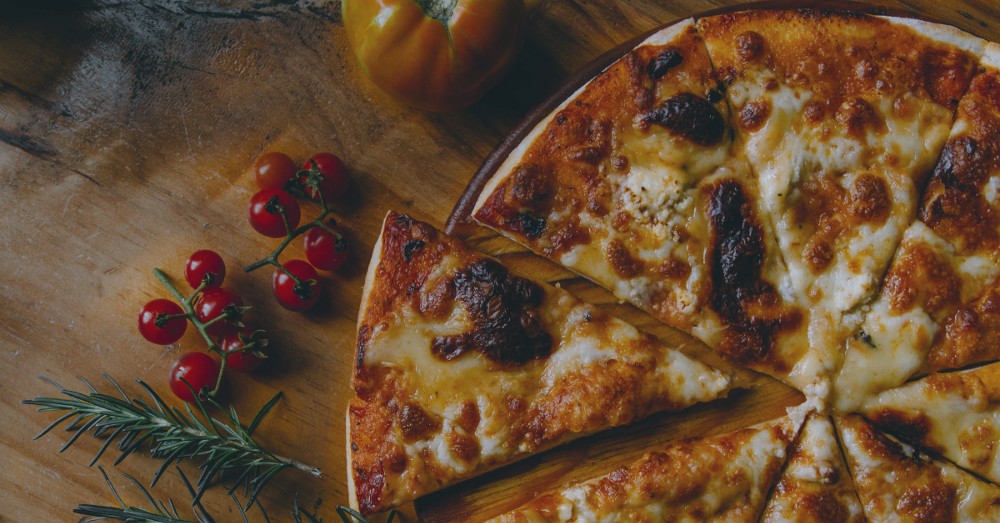Inventory makes up a significant portion of a pizza restaurant’s total expenses, next to rent, utilities and labor cost. Yet your inventory shouldn’t just be viewed as an expense, it’s an investment into the profitability of your business.
Food costs might be expensive, but inventory is the foundation of your restaurant. Your food ingredients give you the basics of the meals you create, and, as a result, your organization is able to turn a profit and delight customers.
But this is easier said than done, especially when considering how marginal profit margins can be in the hospitality industry.
For any pizzeria, inventory mistakes can result in a significant amount of lost money.
In this blog, we take a look at some of the common inventory management issues that pizzerias face and how pizza restaurants can better manage their inventory and, as a result, drive up their profit margins.
Inventory management issues faced by pizzerias
Spoiled products
A pizzeria’s main concern when it comes to inventory is perishable stock. The more a restaurant wastes its inventory, the more it will eat into its profit margins. But there’s also a fine line. A pizzeria shouldn’t have too much inventory that stock goes wasted, but they should also have enough inventory that they can meet customer demand. Pizzerias must ensure that inventory is kept at an optimum level to avoid losses, while also ensuring customer satisfaction levels remain high.
Poor forecasting
A key component of a successful inventory management strategy is the ability to accurately forecast demand, yet a huge number of pizza restaurants struggle with this. An inability to accurately forecast demand for pizza affects the amount of inventory held by the business, and that will result in wasted stock or an inability to meet customer expectations.
Suboptimal ordering
Poor forecasting has a direct impact on a pizza restaurant's ability to accurately order new inventory. Optimum ordering is a crucial component of ensuring that your pizzeria can both meet customer demand, and avoid wasting products. Finding the PAR level for each inventory item will help pizzerias to determine the lowest amount of inventory they can keep, while still being able to meet the demand of their customers.
Tips for better pizza restaurant inventory management
- Appoint dedicated inventory personnel
Ideally, your pizzeria should have dedicated employees responsible for conducting consistent inventory counts and managing your restaurant’s inventory on a day-to-day basis. Inventory counts should be consistent (either weekly, monthly or quarterly), and employee training and inventory-based incentives should be offered to the team members responsible for it.
When you assign inventory to dedicated and trained employees, your inventory counts will be more consistent and accurate. The end result? You can use those counts to get the KPIs you need to drive up profit margins.
- Use a restaurant inventory management system, not spreadsheets
Inventory management calculations are complex and time-consuming, but technology can automate those calculations and make the entire process of managing incredibly easy - giving you complete insight and control over your pizza restaurant’s inventory.
A restaurant inventory management system will give you important metrics such as product shrinkage, food cost, PAR levels and much more that will better guide your ordering processes, menu strategies and help you better meet customer expectations.
- Keep your inventory organized
There are a range of methods that your pizza restaurant can use to organize its inventory. Whatever you decide to do, make sure you pick one of these methods and stick to it. By organizing and storing all inventory products in a methodical manner, you’ll ensure that staff members can efficiently find ingredients and improve the accuracy of your inventory counts.
- Establish standard recipes
For each of the pizzas that you sell, as well as any other dishes, your restaurant should establish standard recipes for your chefs to follow. This should include the precise quantity of ingredients required on each menu item. For example, you should establish exactly how much mozzarella goes onto a large pizza, or how much pepperoni is put onto a small pepperoni pizza.
Chefs shouldn’t be left to eyeball how many ingredients are placed onto a menu item. When you have standard recipes in place, your pizza restaurant will have insight into the profit margins of each menu item and how they are impacting the overall performance of your business.
- Follow the first in, first out method
The first in, first out (FIFO) inventory management method is the most logical strategy for restaurants. By organizing your storage areas - such as your cooler, dry storage, shelves and freezer - by the FIFO method, you can dramatically reduce food spoilage within your restaurant.
Interested in learning more about how you can improve your pizza restaurant inventory management processes, and get some restaurant inventory tips? Get in touch with the Sculpture Hospitality team of inventory management specialists today.












